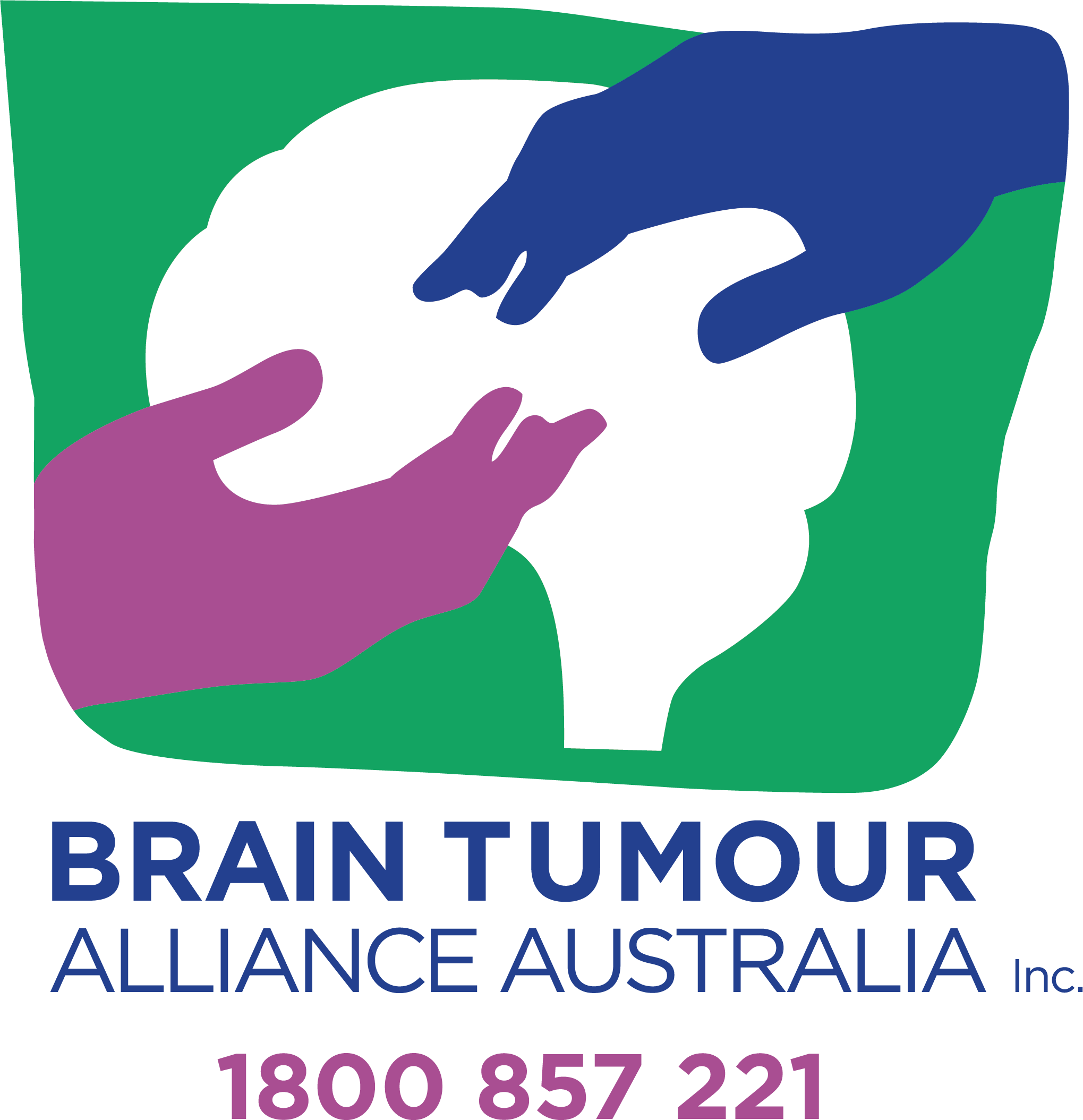
The 2016 World Health Organisation Classification of Tumours of the Central Nervous System has been published.
If followed, it will mean that Australian clinicians will want guidance from pathology results that include tests for biomarkers including IDH and potentially other genetic allelism tests for many types of tumours.
The American National Brain Tumor Society has written:
The World Health Organization’s International Agency for Research on Cancer, together with international leaders in neuropathology, have just published an updated WHO Classification of Tumors of the Central Nervous System - moving the neuro-oncology field toward a revised, more precise, and more accurate system of brain tumor classification.
The updated WHO classifications now integrate molecular information with histology. As a result, doctors will be able to more accurately diagnose, make prognoses, plan treatments, and predict therapeutic response for patients. A more precise diagnosis and treatment plan is a huge win for brain tumor patients.
Benefits include:
- Achieving more accurate diagnosis, prognoses and treatment planning that incorporates genomic information with traditional histopathology as the basis for classification,
- Improving future research and development of new treatments by ensuring clinical trial patients are correctly stratified based on molecular signatures,
- Helping better enable the use of targeted therapies that may provide greater benefit to benefit individual patients,
- Providing accurate analysis and understanding of experimental studies, and better interpretation of population-based disease trends that may help identify causes and risk factors
In short, this move away from traditional histopathology alone, to integrated classification with molecular characteristics, moves the brain tumor field further into the era of medicines that are highly targeted for a particular brain tumor patient.
Check out the official statement from the National Brain Tumor Society HERE.
The link to the published re-classification HERE.
See http://link.springer.com/article/10.1007%2Fs00401-016-1545-1
Source: Acta Neuropathologica. pp 1-18
The 2016 World Health Organization Classification of Tumors of the Central Nervous System: a summary
'Abstract
The 2016 World Health Organization Classification of Tumors of the Central Nervous System is both a conceptual and practical advance over its 2007 predecessor. For the first time, the WHO classification of CNS tumors uses molecular parameters in addition to histology to define many tumor entities, thus formulating a concept for how CNS tumor diagnoses should be structured in the molecular era. As such, the 2016 CNS WHO presents major restructuring of the diffuse gliomas, medulloblastomas and other embryonal tumors, and incorporates new entities that are defined by both histology and molecular features, including glioblastoma, IDH-wildtype and glioblastoma, IDH-mutant; diffuse midline glioma, H3 K27M–mutant; RELA fusion–positive ependymoma; medulloblastoma, WNT-activated and medulloblastoma, SHH-activated; and embryonal tumour with multilayered rosettes, C19MC-altered. The 2016 edition has added newly recognized neoplasms, and has deleted some entities, variants and patterns that no longer have diagnostic and/or biological relevance. Other notable changes include the addition of brain invasion as a criterion for atypical meningioma and the introduction of a soft tissue-type grading system for the now combined entity of solitary fibrous tumor / hemangiopericytoma—a departure from the manner by which other CNS tumors are graded. Overall, it is hoped that the 2016 CNS WHO will facilitate clinical, experimental and epidemiological studies that will lead to improvements in the lives of patients with brain tumors.'

